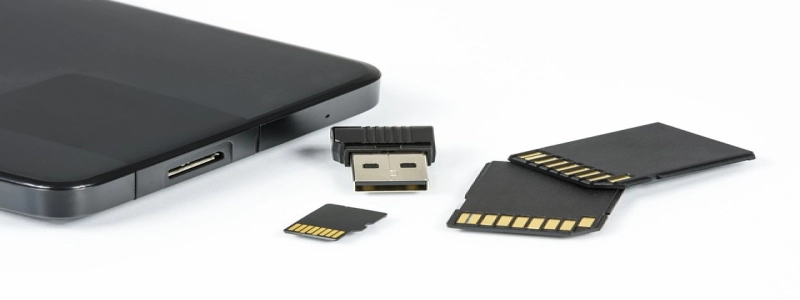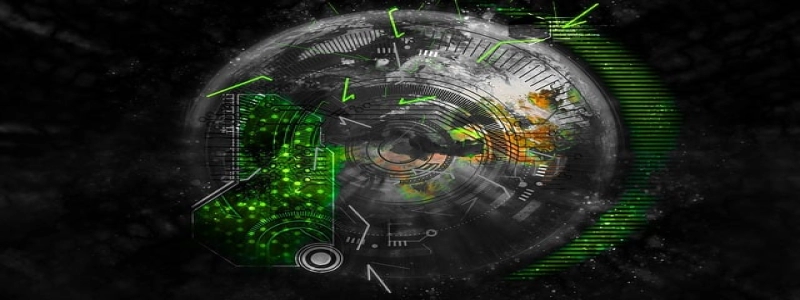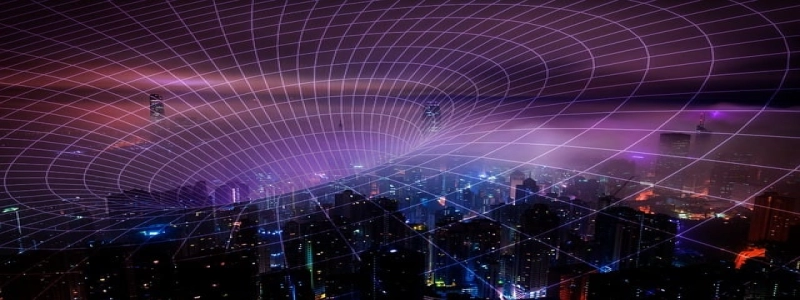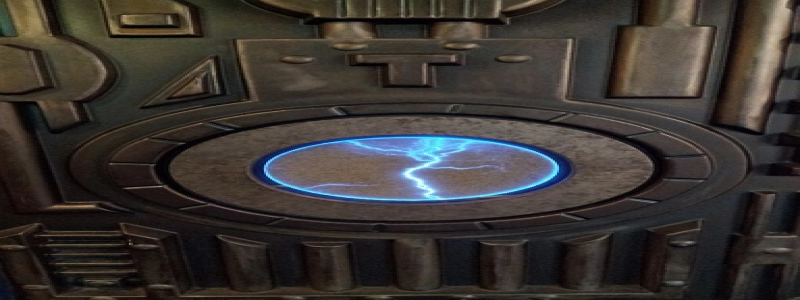Difference Between Cat5 and Cat6 Ethernet Cable
Introduction:
Ethernet cables are used to connect devices, such as computers and routers, to local area networks (LANs) and the internet. There are several different categories of Ethernet cables available, including Cat5 and Cat6. While both types of cables serve the same basic purpose, there are some key differences between them in terms of performance and capabilities.
I. Cat5 Ethernet Cable:
– Structure: Cat5 cables consist of four twisted pairs of copper wires, encased in a plastic sheath. Each twisted pair is color-coded for easy identification.
– Speed and Bandwidth: Cat5 cables support transmission speeds of up to 1000 Mbps (or 1 Gigabit per second) and a maximum bandwidth of 100 MHz.
– Distance: Cat5 cables can reliably transmit data up to a maximum distance of 100 meters (328 feet).
– Crosstalk: Cat5 cables are more susceptible to crosstalk, which refers to the interference between adjacent wire pairs that can degrade signal quality.
II. Cat6 Ethernet Cable:
– Structure: Cat6 cables also consist of four twisted pairs of copper wires, but they are tightly wound and often have a thicker sheath compared to Cat5 cables. This design helps to reduce crosstalk.
– Speed and Bandwidth: Cat6 cables support transmission speeds of up to 10,000 Mbps (or 10 Gigabit per second) and have a maximum bandwidth of 250 MHz, allowing for faster and more reliable data transmission.
– Distance: Cat6 cables can reliably transmit data up to a maximum distance of 55 meters (180 feet) without the need for signal boosters or repeaters.
– Crosstalk: Cat6 cables have improved crosstalk performance, which means they are less prone to interference and offer better signal quality.
III. Key Differences:
– Performance: Cat6 cables offer faster speeds, higher bandwidth, and better overall performance compared to Cat5 cables.
– Future-Proofing: Cat6 cables are designed to meet the future demands of high-speed internet and advanced networking technologies, whereas Cat5 cables may become obsolete in the near future.
– Cost: Cat6 cables are generally more expensive than Cat5 cables due to their enhanced performance and capabilities.
– Compatibility: Both Cat5 and Cat6 cables are backward compatible, meaning they can be used interchangeably with lower category cables (e.g., Cat5e, Cat3). However, Cat6 cables can only deliver their full performance when used with compatible networking equipment.
Conclusion:
In summary, while both Cat5 and Cat6 Ethernet cables serve the same purpose of connecting devices to networks, Cat6 cables provide superior performance in terms of speed, bandwidth, and crosstalk reduction. Although Cat6 cables are more expensive, they offer future-proofing and are well-suited for high-speed internet and advanced networking requirements. Choosing the right Ethernet cable depends on the specific needs and requirements of the network setup.







